Introduction to Christian Dior
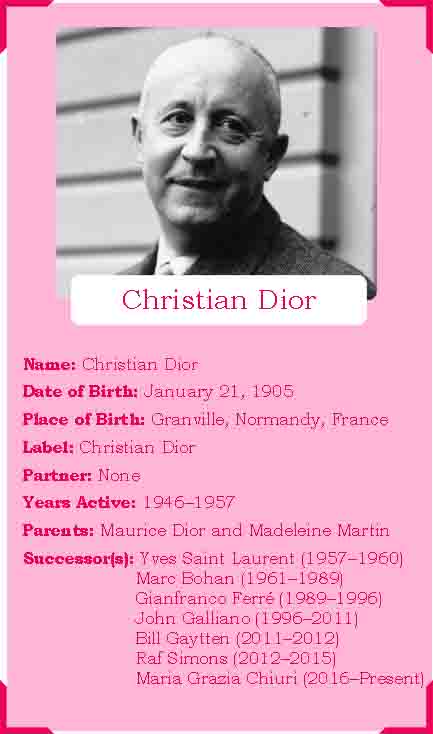
Christian Dior is an iconic French fashion designer who revolutionized women’s fashion in the post-World War II era. Known for his opulent and feminine designs, Dior’s impact on the fashion industry was immense, bringing glamour and sophistication back into women’s wardrobes at a time when it was most needed. He once famously said,“I have designed flower women.” This metaphor not only captured the essence of his creations but also signified a rebirth of beauty and luxury. With the creation of the groundbreaking New Look in 1947, Dior became synonymous with elegance and continues to influence fashion to this day. Today it is one of the leading fashion houses in the world and inspires millions with its creativity and beauty. This blog will dive deep into the life and legacy of Christian Dior, Designer supreme.
Early Life and Background
Born on January 21, 1905, in Granville, a coastal town in Normandy, France, Christian Dior was raised in a wealthy family as the second of five children. His father, Maurice Dior, was a successful fertilizer manufacturer, and his mother, Madeleine Martin, was a homemaker who cultivated a love for gardens and nature in her son—a theme that would later manifest in his designs.
From a young age, Dior was interested in art and fashion, often sketching dresses and hats for his sisters. Although his parents expected him to pursue a diplomatic career, Dior’s passion for art led him to open a small art gallery in Paris in 1928 with the financial help of his father. The gallery showcased works by Picasso and Dalí, reflecting Dior’s keen eye for talent and creativity. However, the Great Depression and the death of his mother forced him to close the gallery, redirecting his career path towards fashion.
Career Beginnings
Christian Dior’s first steps into the fashion world began in 1937 when he was hired as an assistant designer by Robert Piguet, a prominent French couturier. At Piguet’s house, Dior honed his skills and developed a design aesthetic that was sophisticated and modern. His first collection, the “Cafe Anglais” dress, received critical acclaim, marking the beginning of Dior’s reputation as a visionary.
In 1941, Christian Dior moved to Lucien Lelong’s fashion house, where he worked alongside Pierre Balmain. This period was characterized by the constraints of wartime fashion, yet Dior’s creative solutions and ability to create structured yet graceful pieces drew attention. His innovative approach led to his appointment as the creative head of the fashion house, setting the stage for his future success.
Rise to Fame
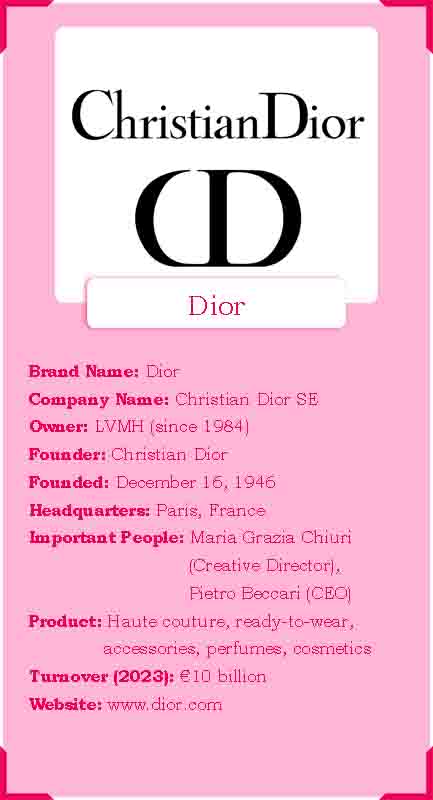
Dior’s rise to fame began when textile magnate Marcel Boussac, known as the “King of Cotton,” recognized his potential and agreed to back his eponymous fashion house. The House of Dior was officially founded on December 16, 1946, at 30 Avenue Montaigne in Paris, with Dior as its artistic director.
The breakthrough came with his debut collection in 1947, which introduced the world to the New Look. Characterized by cinched waists, full skirts, and soft shoulders, the New Look redefined femininity and brought back a sense of luxury and opulence that had been lost during the war years. The collection was a resounding success, with Harper’s Bazaar’s editor-in-chief Carmel Snow proclaiming, “It’s such a new look!” This phrase became synonymous with Dior’s style and marked the beginning of his meteoric rise in the fashion world.
Signature Style and Innovations
Christian Dior’s signature style was defined by his emphasis on creating a flattering silhouette that celebrated the female form. His designs often featured tiny waists, voluminous skirts, and structured bodices, evoking a sense of romance and grace. Inspired by the gardens and flowers he adored as a child, many of his creations were named after flora, such as the Tulip and Corolla lines.
Dior’s innovative techniques included the use of luxurious fabrics like taffeta, silk, and satin, and intricate handcrafting methods that elevated couture to an art form. He introduced several iconic collections, such as the H-Line, A-Line, and Y-Line, each representing a new exploration of shape and proportion. His pioneering use of structured corsetry and the innovative “bar suit” with its peplum jacket became instantly recognizable as signatures of the Dior brand.
Impact on the Fashion Industry
Dior’s influence on fashion extended far beyond his immediate collections. He re-established Paris as the center of the fashion world and inspired a wave of designers, including Yves Saint Laurent, Pierre Cardin, and Hubert de Givenchy, who were shaped by his vision. His creations brought an air of glamour back to the post-war era, inspiring trends that shaped the fashion industry for decades.
Dior’s impact also reached the United States, where his designs were embraced by Hollywood icons such as Marlene Dietrich and Ava Gardner. The brand’s expansion into accessories, perfumes, and ready-to-wear further solidified its presence, making the name Dior synonymous with luxury and elegance worldwide.
Notable Collaborations and Projects
Dior’s collaborations were as influential as his own collections. In the late 1940s and early 1950s, he partnered with high-end shoe manufacturer Roger Vivier, who designed exquisite footwear to complement Dior’s couture dresses. His designs were also worn by British royalty, including Princess Margaret, for whom he created a custom gown for her 21st birthday, capturing the admiration of the public and press alike.
In addition to his work in fashion, Dior also designed costumes for films, such as Jean-Pierre Melville’s Les Enfants Terribles (1950) and Alfred Hitchcock’s Stage Fright (1950). These projects showcased Dior’s versatility and his ability to translate his fashion aesthetics into other creative domains.
Personal Life and Public Persona
Despite his public success, Christian Dior remained a private and somewhat reserved figure. He never married and was known to lead a quiet life. He was deeply attached to his sister Catherine, who was a key source of inspiration for his work and played a pivotal role in his life. His reserved nature contrasted with the extravagant and glamorous world of fashion that he created.
Dior was also superstitious, often consulting tarot cards and surrounding himself with lucky charms. His private villa, Château de la Colle Noire, reflected his love for the quietude and natural beauty of the French countryside, far removed from the bustling world of haute couture.
Legacy and Continuing Influence
Christian Dior’s untimely death in 1957 at the age of 52 left the fashion world in shock. Yet, his legacy continued through the talent he nurtured within his house. Yves Saint Laurent succeeded him, bringing his own innovation to the brand while respecting Dior’s aesthetic. Today, the House of Dior remains one of the most prestigious and successful fashion houses globally, with Maria Grazia Chiuri serving as its first female creative director since 2016. Dior’s influence continues to be felt through each collection, and his vision for femininity and elegance still shapes modern fashion.
Since its inception, the House of Dior has seen a succession of talented creative directors who have each left their unique mark on the brand, carrying forward Christian Dior’s legacy while introducing their own innovations.
Yves Saint Laurent (1957–1960): Yves Saint Laurent, a protégé of Christian Dior, became the youngest head designer at the age of 21 after Dior’s sudden death in 1957. He introduced the Trapeze collection in 1958, which relaxed the rigid silhouettes of Dior’s previous designs, showcasing a softer, more youthful style. Saint Laurent’s reign was marked by his daring spirit, but his tenure ended in 1960 following his controversial Beatnik collection. He later established his own brand, Yves Saint Laurent (YSL), which became one of the most influential names in fashion history.
Marc Bohan (1961–1989): Marc Bohan took the helm in 1961, bringing a sense of quiet sophistication and understated elegance to Dior. His designs were more conservative, aligning with the refined tastes of the haute couture clientele. Bohan’s creations were characterized by slim silhouettes and a focus on daywear, earning him the loyalty of figures like Princess Grace of Monaco. His nearly three-decade-long tenure was one of stability, making him the longest-serving designer in Dior’s history.
Gianfranco Ferré (1989–1996): Italian designer Gianfranco Ferré became Dior’s first non-French creative director in 1989, bringing a new perspective to the fashion house. Known for his architectural approach to fashion, Ferré’s collections were characterized by structured shapes, luxurious fabrics, and opulent embellishments. He preserved Dior’s traditional elegance while infusing it with a sense of modernity. His tenure saw the brand’s renewed prominence in haute couture, garnering acclaim for its artistry and grandeur.
John Galliano (1996–2011): John Galliano’s appointment as creative director in 1996 marked a new, avant-garde chapter for Dior. Known for his theatrical style and historical references, Galliano’s collections were a spectacle of drama and fantasy. His reinterpretations of the New Look and his elaborate fashion shows captured global attention, positioning Dior as a pioneer of fashion innovation. Despite his creative genius, Galliano’s career at Dior ended in 2011 amid controversy. Nonetheless, his work redefined the brand’s identity, leaving an indelible impact on fashion.
Bill Gaytten (2011–2012): Following Galliano’s departure, Bill Gaytten, a long-time collaborator, stepped in as interim creative director. Gaytten’s collections were conservative in comparison to his predecessor, as he aimed to restore stability and continuity to the brand. While his tenure was brief, he managed to steer Dior through a transitional period, maintaining its haute couture standards and preparing the house for its next chapter.
Raf Simons (2012–2015): Belgian designer Raf Simons brought a minimalist and modern touch to Dior when he took over in 2012. Known for his sleek lines and innovative use of fabrics, Simons sought to reinterpret Dior’s codes with a contemporary lens. His collections were praised for their purity, subtle elegance, and artistic sensibility. Simons’ tenure included groundbreaking shows, such as his haute couture debut staged against walls adorned with millions of fresh flowers, making a statement about Dior’s blend of tradition and modernity.
Maria Grazia Chiuri (2016–Present): Maria Grazia Chiuri, appointed as Dior’s first female creative director in 2016, brought a feminist perspective to the house. Her collections often address social issues and celebrate women’s empowerment, reflecting a new era for the brand. Chiuri’s emphasis on wearable couture, inclusive aesthetics, and collaboration with female artists and writers has redefined Dior’s narrative, making it more relevant to today’s cultural landscape. Her designs, such as the famous “We Should All Be Feminists” T-shirt, have resonated with younger audiences, ensuring Dior’s continued evolution and global appeal.
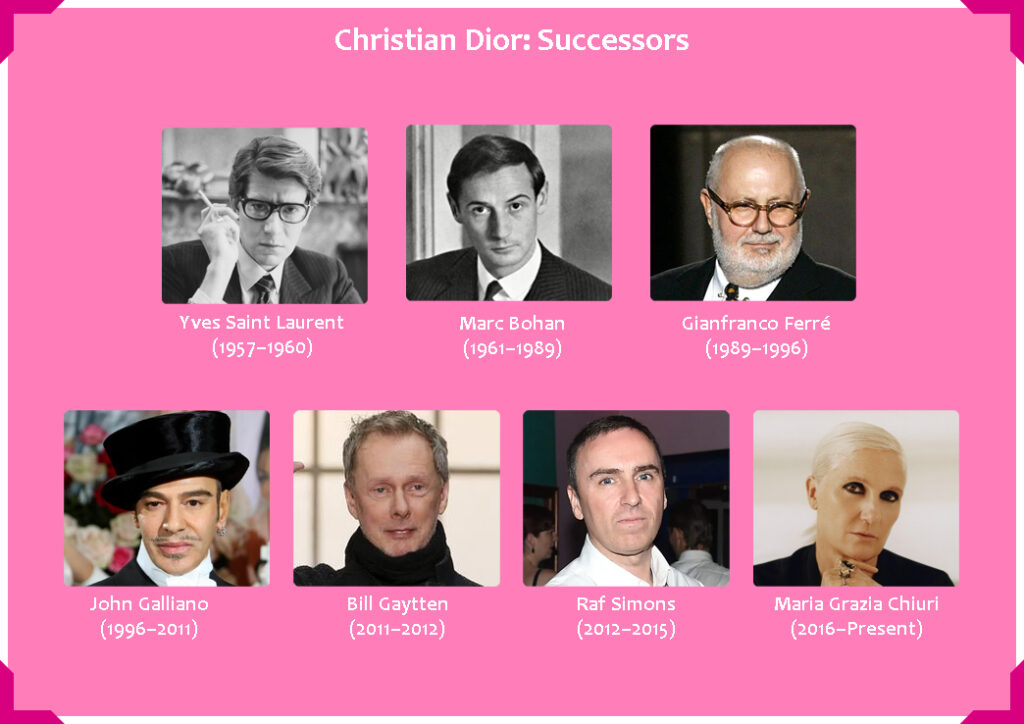
Conclusion
Christian Dior’s legacy is a testament to the transformative power of fashion and its ability to shape cultural history. From the moment he introduced the New Look in 1947, Dior redefined not only women’s fashion but also how society viewed beauty and elegance. His designs celebrated femininity and luxury, revitalizing an industry that had been constrained by the austerity of wartime. Dior’s philosophy, encapsulated in his quote,
“Elegance must be the right combination of distinction, naturalness, care, and simplicity,”
still resonates with fashion enthusiasts around the world. His meticulous attention to detail and understanding of proportion created garments that continue to inspire designers and captivate audiences.
Dior’s influence, however, did not end with his premature death in 1957. The talented successors who took the helm of the fashion house — Yves Saint Laurent, Marc Bohan, Gianfranco Ferré, John Galliano, Raf Simons, and now Maria Grazia Chiuri — have each contributed to the evolution of the brand. While they brought their own vision and innovation to Dior, they always stayed true to the essence of elegance and sophistication that defined its founder’s work. From Yves Saint Laurent’s revolutionary Trapeze silhouette to Galliano’s dramatic, art-infused collections, every chapter in Dior’s history has added new dimensions to the brand’s narrative.
Today, under the creative direction of Maria Grazia Chiuri, Dior continues to be a beacon of fashion excellence. Her approach to championing women’s empowerment and blending traditional couture techniques with contemporary themes has kept Dior at the forefront of the industry. The brand has not only expanded its influence in fashion but has also become a key player in promoting cultural conversations, thus enhancing its relevance and reach in the modern world.
Christian Dior’s name is now synonymous with refinement, and his fashion house remains one of the most prestigious and successful globally. The brand’s turnover in 2023 was an impressive €10 billion, highlighting its enduring commercial success alongside its artistic prowess. Dior’s continued influence on designers, celebrities, and fashion lovers alike is a testament to the timeless appeal of his vision. Whether it’s the creation of iconic perfume lines like “Miss Dior” or the launch of boundary-pushing haute couture collections, Dior has consistently set the bar for innovation and luxury.
In the words of Christian Dior,
“Fashion fades, only style remains the same.”
Do let us know your favourite creation from this legendary designer and share your thoughts on this blog.


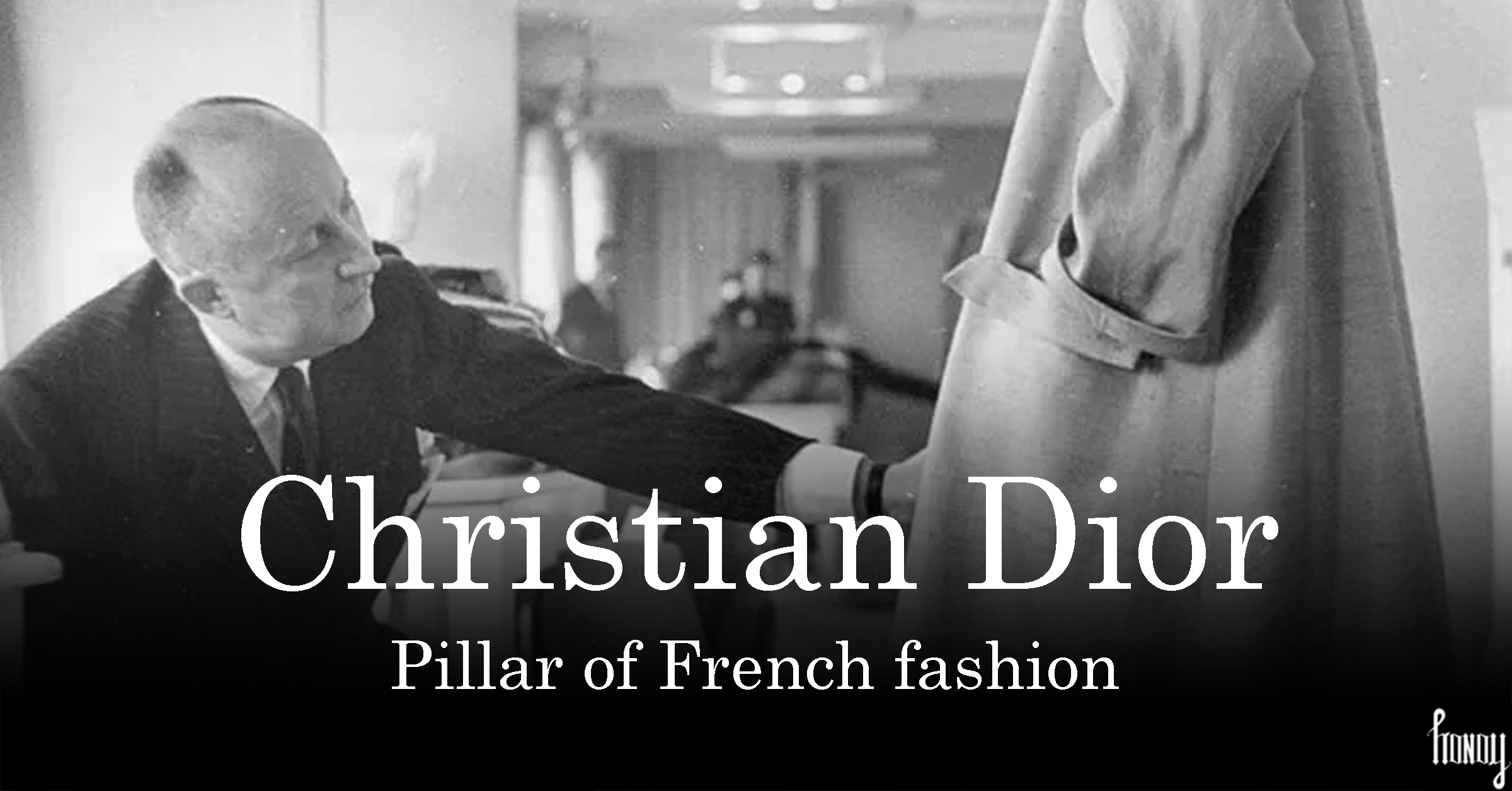








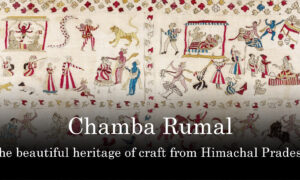

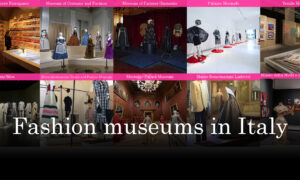





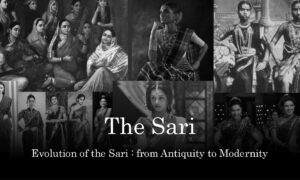









Pingback: 10 Best books to read on fashion
Pingback: Evening Gowns: A Story Of Grace And Beauty In 5 Mins
Pingback: Dazzling Legacy Of Betsy Johnson In 5 Mins
Pingback: Different Type Of Fashion Designers Part 2
Pingback: John Galliano : The Undisputed God Of Couture Fashion In 5
Pingback: Pierre Balmain: A Pioneering Vision In Fashion In 5 Mins
Pingback: 8 Most Popular Fashion Feuds In History
Pingback: Yves Saint Laurent: The Revolutionary In 5 Min
Pingback: 7 Pierre Balmain : Best French Fashion Designer Series
Pingback: 1 Calvin Klein : Best American Fashion Designer Series
Pingback: Explore Dior Luxury Fashion in Germany - sbcpcs
Pingback: Top 6 Fashion Weeks In The World